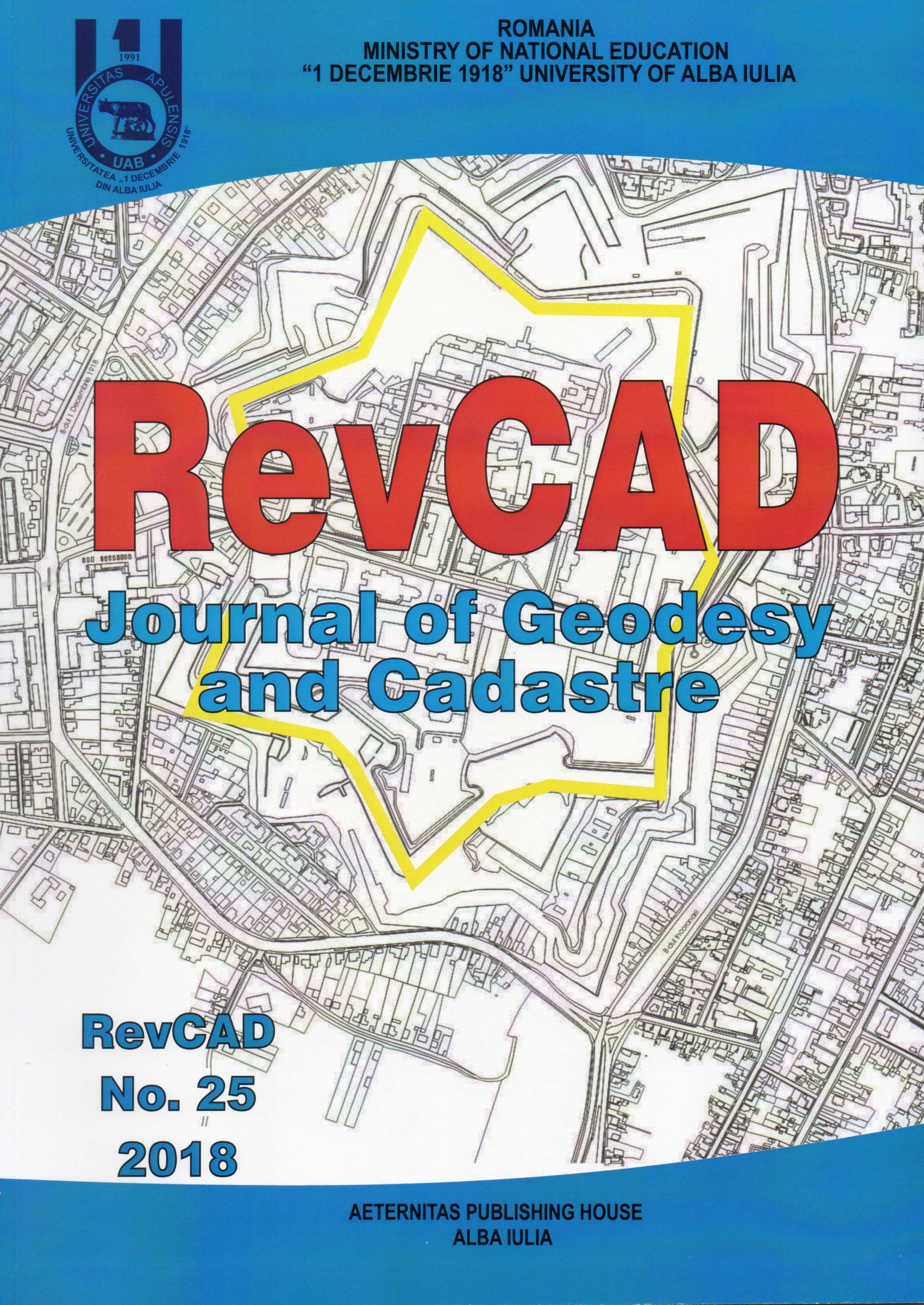An Overview on Space Time Cube Visualization in GIS
An Overview on Space Time Cube Visualization in GIS
An Overview on Space Time Cube Visualization in GIS
Author(s): Ana Cornelia Badea, Gheorghe BadeaSubject(s): Applied Geography, Geomatics, Maps / Cartography, Electronic information storage and retrieval
Published by: Editura Aeternitas
Keywords: Space Time Cube; Time Slider; Hot Spot Analysis; Spatial Cluster;
Summary/Abstract: Over the last years, the STC (Space Time Cube) visualization method has been analyzed in many scientific papers in the literature. The term STC cames from cartography, meaning a geographical representation where time is treated as the third dimension.This model was introduced by the Swedish geographer Hägerstrand at the end of the sixties. When datasets involve more than one dimension in addition to time are difficult to visualize. In a geovisualization environment, maps as digital representations are used to emphasize visual thinking about geospatial patterns, relationships, trends. Currently, GIS technology offers dedicated tools that lead to interesting viewing results using this method, the cube and its contents being automatically created from a database. We reviewed some functions on temporal data, used to view geospatial data sets in different ways. Also in the case study, an earthquake dataset was used, which was represented using the STC method, but also in the form of a temporal slider application.
Journal: RevCAD Journal of Geodesy and Cadastre
- Issue Year: 2018
- Issue No: 25
- Page Range: 35-42
- Page Count: 8
- Language: English

